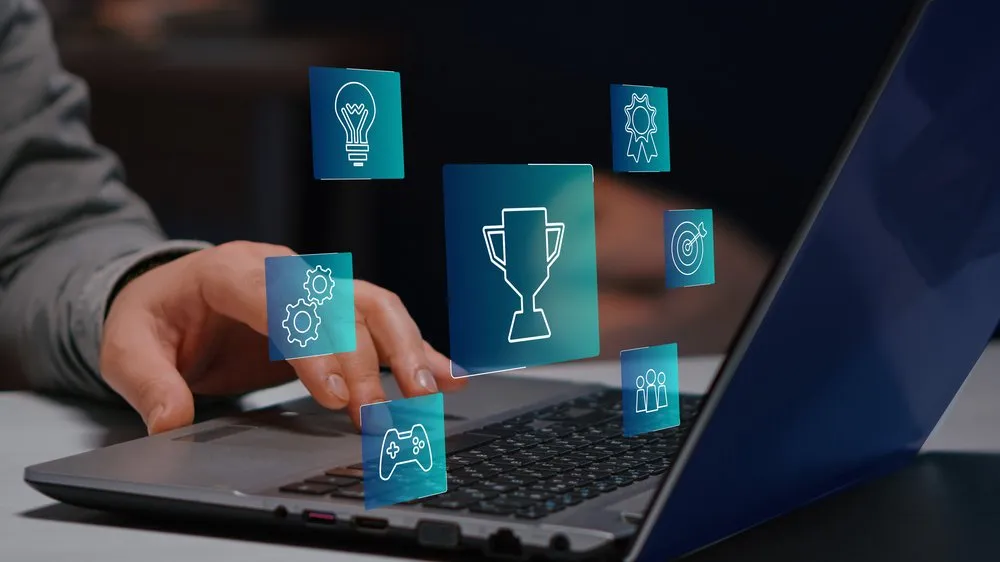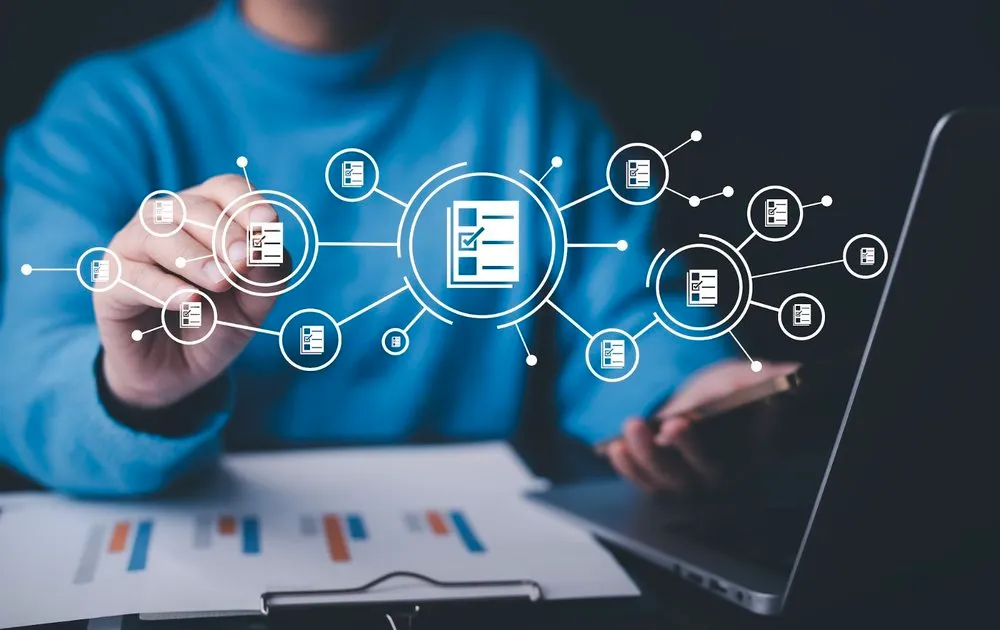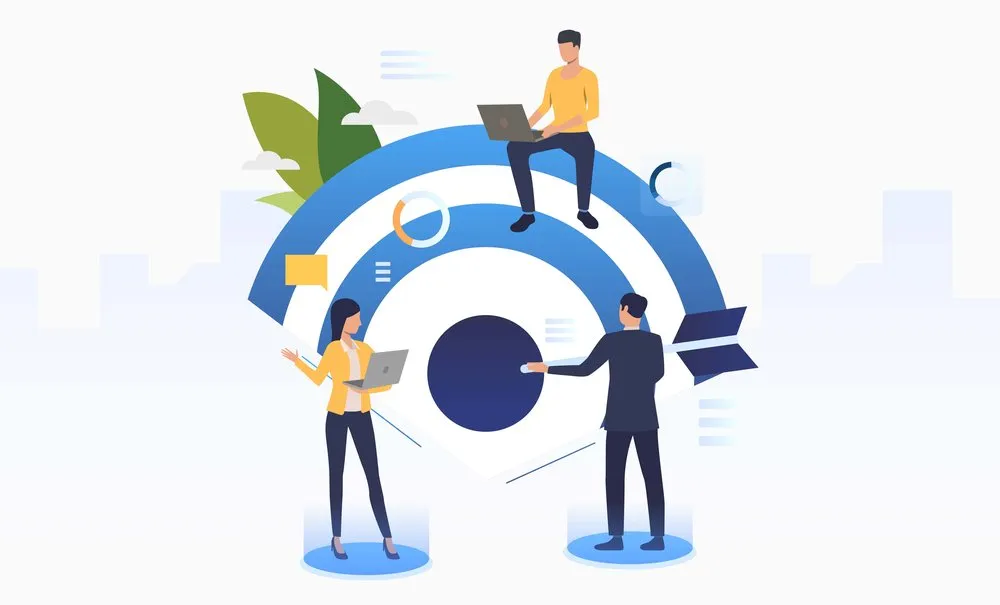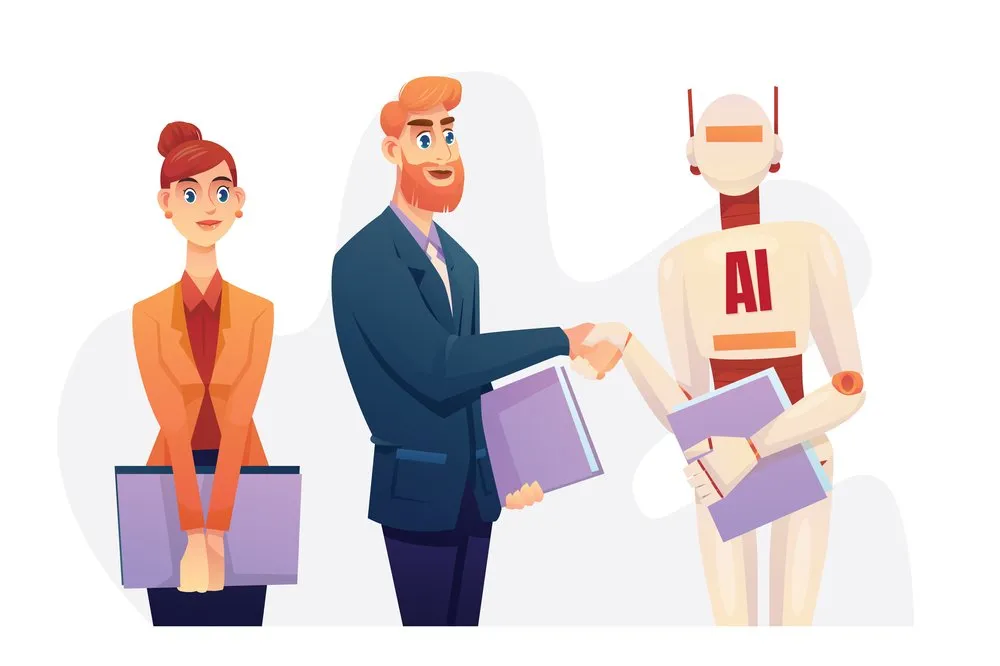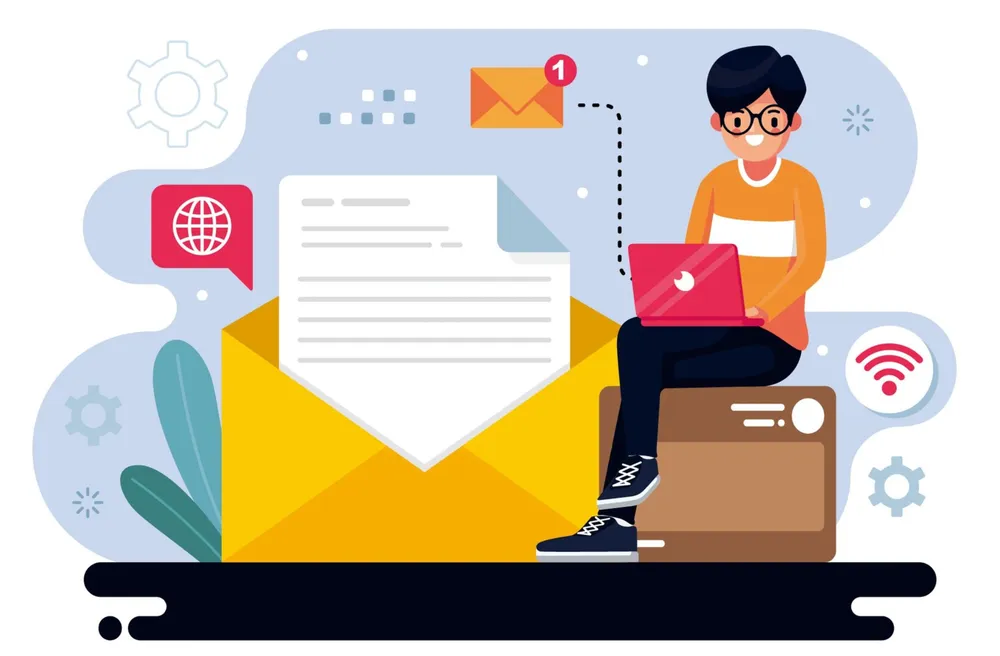In the world of enterprise software, we often focus on making things efficient, functional, and sometimes, well, boring. But what if work didn’t have to feel like work all the time? That’s where gamification comes in. By borrowing elements from games—like points, rewards, and challenges—we can make enterprise tools more engaging and, surprisingly, boost productivity along the way.
In this blog, we’ll explore how gamification works in enterprise software and how it can turn everyday tasks into something a little more fun—and a lot more effective.
What Is Gamification?
Gamification is the use of game-like features in non-game settings. Think of adding progress bars, leaderboards, and badges to apps that aren’t meant for playing but for work or learning. The goal is to motivate people by making tasks feel more rewarding. When applied to enterprise software, it’s a way to keep users more engaged, productive, and even happy while they go about their daily responsibilities.
Why Gamification Works in the Workplace
At its core, gamification taps into basic human psychology. We all like to be rewarded for our efforts, and when we see our progress visually (like filling up a progress bar), we’re more motivated to keep going. Gamification works because of it:
“According to Research, 72% of people say gamification motivates them to do tasks and work harder.
- Provides instant feedback: You know right away if you’re doing well.
- Offers clear goals: Tasks feel more meaningful when they’re part of a “mission” or challenge.
- Encourages competition: Friendly competition (like leaderboards) can push employees to try harder.
- Gives recognition: Earning badges or points makes people feel valued, even for small achievements.
Gamification Techniques That Boost Productivity
Let’s dive into some common gamification techniques that are transforming enterprise software:
- Progress Bars and Goal Tracking
Picture this: every time you complete a task, your progress bar inches closer to 100%. It’s a small but powerful motivator. In enterprise software, progress bars show users how close they are to finishing a project, which pushes them to keep working.
- Leaderboards and Badges
These elements bring a little friendly competition into the mix. Leaderboards can rank users based on how much work they’ve done or how fast they’ve completed tasks. Badges, on the other hand, are like virtual trophies—you earn them for hitting milestones, like finishing a big project or mastering a skill. This kind of recognition makes users feel accomplished and encourages them to stay active.
- Challenges and Quests
Everyone loves a good challenge, and that’s exactly what this technique offers. By turning tasks into "quests," users are more motivated to complete them. For example, completing a series of smaller tasks could unlock a bigger reward or move them up a level.
- Rewards and Feedback Loops
A good gamification system provides immediate rewards and feedback. As soon as a user completes a task, they earn points or unlock rewards like new features. This instant feedback keeps users engaged and encourages them to keep coming back.
Real-World Examples of Gamification in Enterprise Tools
Some companies are already seeing success by adding gamification to their enterprise software. For example:
- Salesforce’s Trailhead: Salesforce uses gamification to help users learn its platform. Users complete challenges, earn badges, and move up levels, making learning fun and interactive.
- Microsoft’s Ribbon Hero: This tool gamifies learning Microsoft Office. Users earn points by completing tasks, and the game-like format makes learning easier and more enjoyable.
These examples show how gamification can make even the most boring tasks engaging, whether it’s learning software or keeping track of sales.
The Benefits of Gamification in the Workplace
When done right, gamification in enterprise software can lead to several benefits:
- Increased Engagement: Users are more likely to stay active and use the software consistently.
- Higher Productivity: By making tasks more enjoyable, employees tend to get more done in less time.
- Improved Learning: Gamified training tools make learning new software or skills easier and more effective.
- Better Collaboration: Team-based challenges and social features encourage collaboration and friendly competition, which can strengthen teams.
How to Implement Gamification in Your Enterprise Software
To use gamification effectively, start small. Add features like progress tracking or badges to simple tasks, then test how users respond. Here are a few tips:
- Align rewards with meaningful goals: Make sure the rewards feel relevant to the work being done. Users should feel like they’re achieving something significant.
- Keep it fun, but functional: Gamification should never get in the way of productivity. Make sure the game-like elements enhance the experience without distracting from the actual tasks.
- Personalize the experience: Not every user is motivated by the same things. Give users options to personalize their challenges and rewards.
Conclusion: Play at Work for Productivity Gains
Gamification in enterprise software isn’t just about making work fun—it’s about making it more effective. By turning everyday tasks into engaging challenges, we can boost productivity, improve collaboration, and keep users motivated. As more companies adopt gamified UX strategies, we’ll likely see the workplace transform into a more dynamic, enjoyable environment.
